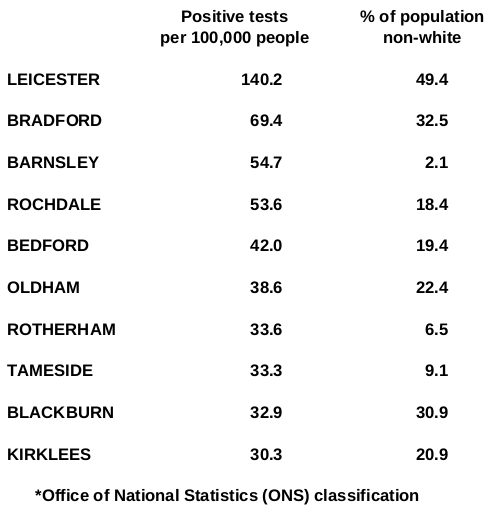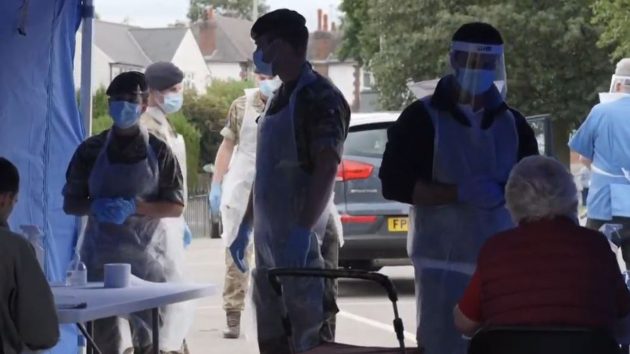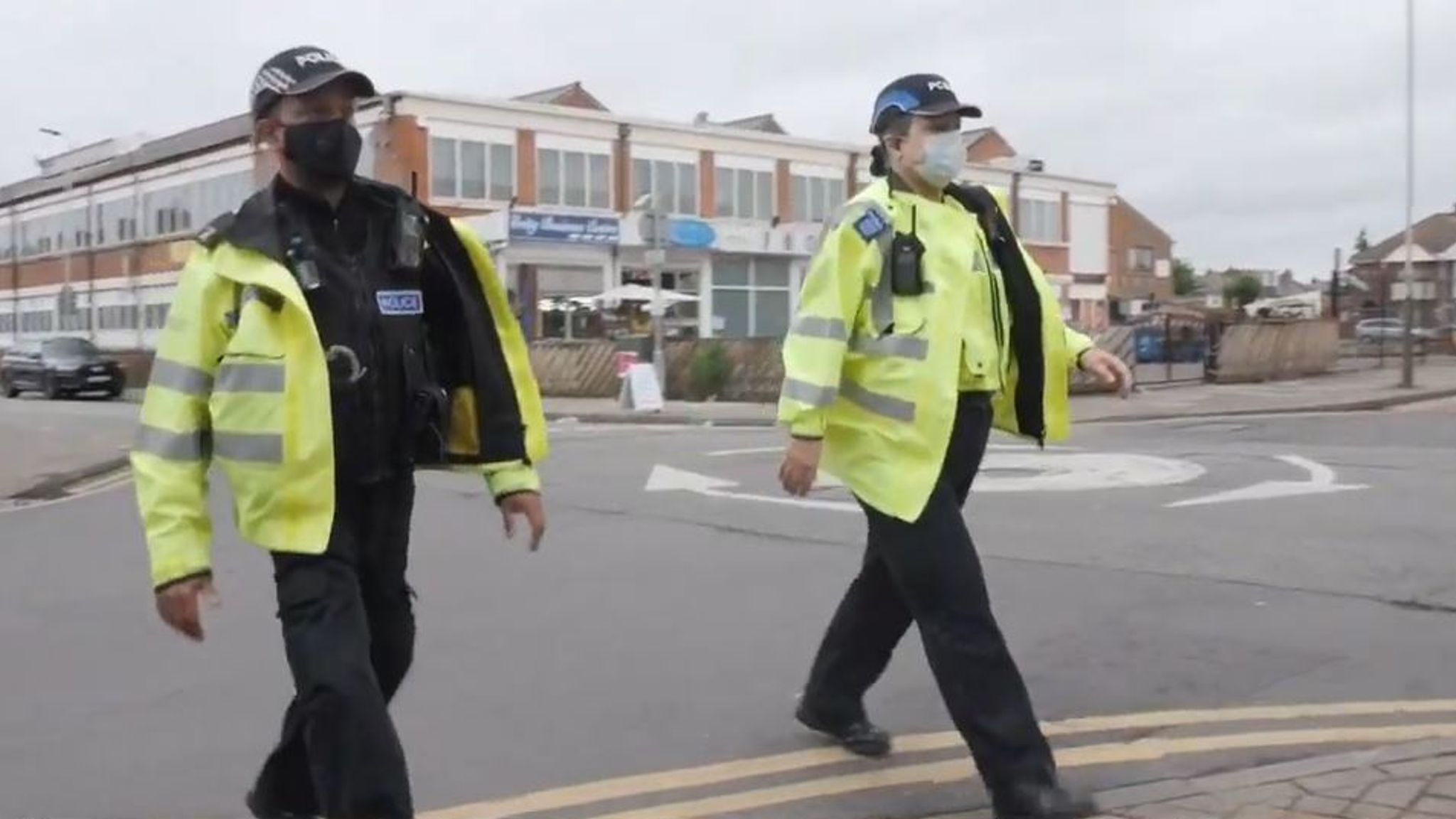With the reimposition of the lockdown in Leicester, there is more trouble on the horizon. By analysing test results we find that the 10 population centres most at risk of going back into lockdown are:


Thirty four per cent of confirmed cases of Covid-19 and 32% of deaths in intensive care are amongst people of black and ethnic minority background (BAME), according to statistics from the Intensive Care National Audit and Research Centre, covering England, Wales and Northern Ireland. This compares with 14.5% of the total population who are of ethnic minority backgrounds (based on ONS 2016 population estimates). Deaths from coronavirus are measured in different ways, so looking at death rates among people of ethnic minority background does vary according to which statistics you use.
London does have the largest ethnic minority population and also the highest rates of Covid-19 in the UK, but even within London the number of ethnic minority deaths remains disproportionately high.
Meanwhile more new analysis has found that ethnic background is one of a range of factors that influences your risk from Covid-19. Scientists have developed a platform which analyses existing NHS electronic health records to look for patterns in hospitalised patients who die from Covid-19. Their analysis, which has not yet been peer reviewed, found that all non-white ethnic groups had a higher risk of dying from Covid-19, once age and gender were taken into account.
The BBC reported that It was prompted by data showing that black and Asian groups had the highest death rates from coronavirus. People of Bangladeshi ethnicity had twice the risk of death than people of white British ethnicity, accounting for age and sex.
The report said the unequal impact may be explained by social and economic inequalities, racism, discrimination and stigma, differing risks at work and inequalities in the prevalence of conditions such as obesity, diabetes, hypertension and asthma, which can increase the severity of Covid-19.
The British Heart Foundation
The table above shows that the places with the most risk of regressing back into lockdown, generally have a high percentage of BAME in their population.
This has implications for the government on how to handle the situation and contains many pitfalls. Why are BAME most at risk? It could be based on ethnicity, such as sickle cell anaemia, it could be based on living conditions and socio-economic issues. Intergenerational house occupation is more prevalent amongst BAME communities, especially those from the Indian sub-continent. It could be based on occupations: many BAME are employed in low level jobs in the NHS or care homes or as cleaners where they have close contact with others.
The government has to deal with this and quickly. How can they do that without being seen to discriminate (by eg employing severe lockdowns in the affected areas). How can they do it without promoting discontent and resentment amongst the BAME sector? How can they act to prevent these feelings being exploited by the Marxist promoters of BLM UK.? If they fail, then it will build resentment amongst the white (ONS definition) population.
The areas with high populations of BAME are also those where social distancing has been loosely practised, with violent clashes between the police and attendees at informal (and semi-formal!) street events.
The problem for the government is that if they don’t get a grip and halt the increase in the rate of infection then it will spread to the general population with disastrous medical, social and economic consequences.
Without the government understanding the situation in detail, and without rigorous analysis of the causes they will not be able to provide an effective solution. This requires grasping the thorn of racial relations and analysing occurrences of covid 19 by ethnic background without being accused of racism, eugenics, or anything else that the far left can exploit.
If you don’t know in detail what the problem is, you can’t fix it.
If you enjoyed this BFD article please consider sharing it with your friends.

